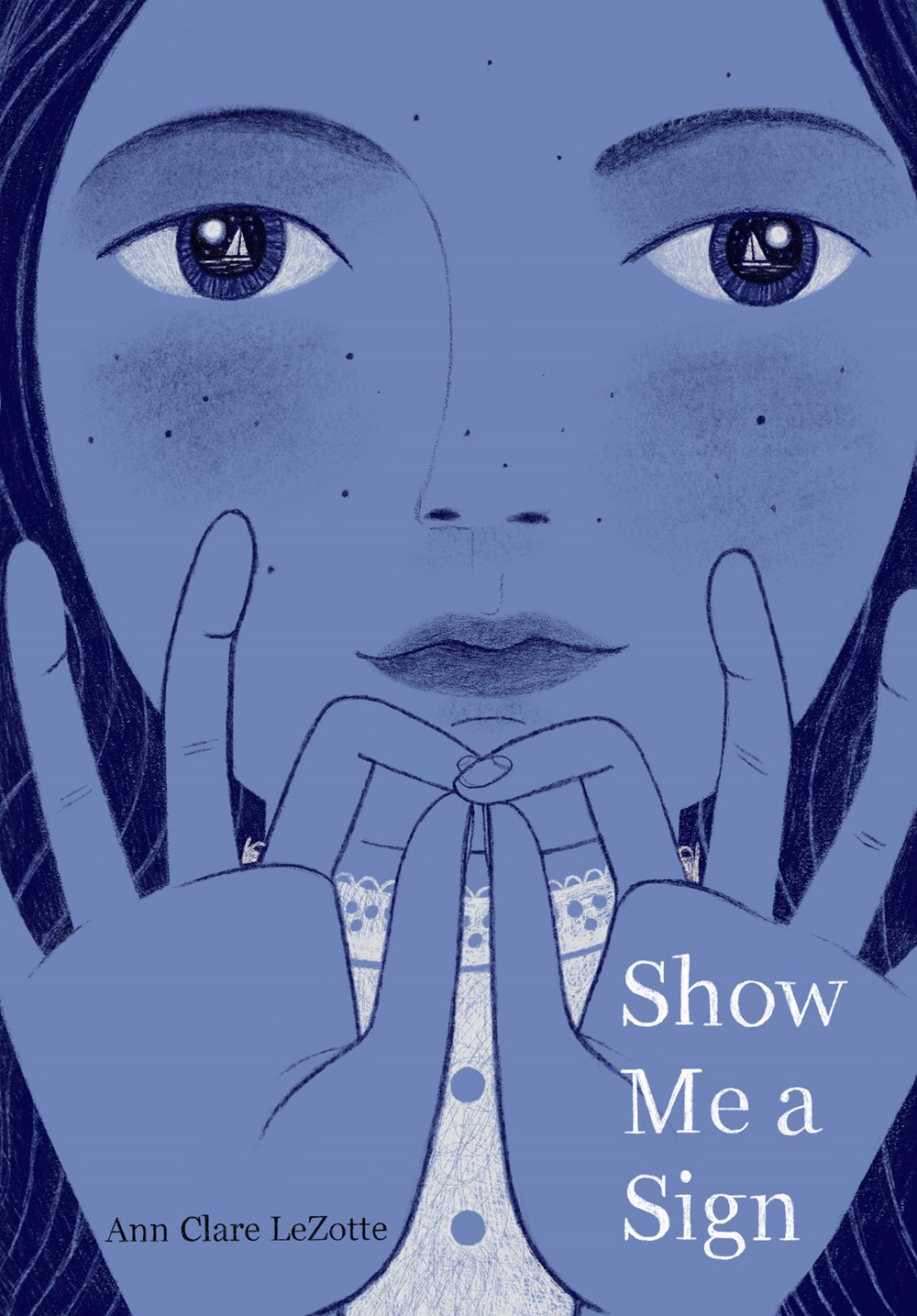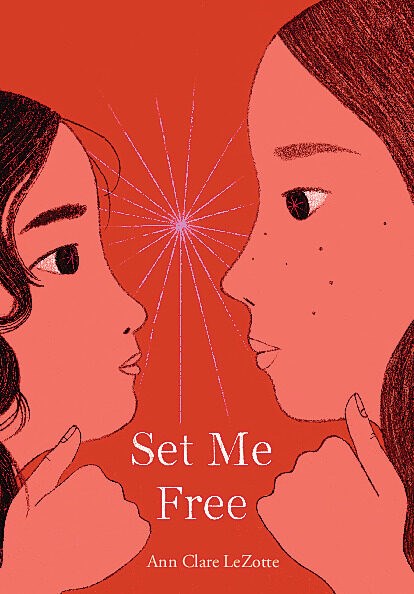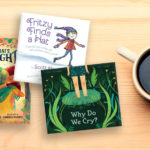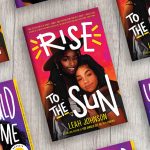Ann Clare LeZotte is a children’s author, a retired librarian, an advocate, and a changemaker. Her books, Show Me a Sign and Set Me Free, are grounded in the true history of a deaf community in the 19th century. In today’s guest post for the Mackin Community blog, she leads us through her process of story creation in both English and American Sign Language (ASL).
 Percolate. I looked up the definition. It means “to filter gradually through a porous surface or substance.” I suppose my brain could be considered a porous surface. That “gradually” part is spot on. It’s not that I don’t have ideas for stories. During my decades working at public libraries, I read books on Deaf culture and history, and worked with Deaf kids who never saw themselves in books. I have a curated list of projects I’d like to do!
Percolate. I looked up the definition. It means “to filter gradually through a porous surface or substance.” I suppose my brain could be considered a porous surface. That “gradually” part is spot on. It’s not that I don’t have ideas for stories. During my decades working at public libraries, I read books on Deaf culture and history, and worked with Deaf kids who never saw themselves in books. I have a curated list of projects I’d like to do!
But due to childhood deafness, my mind—which remained prelingual longer than most kids and thinks in a combination of English, American Sign Language (ASL), images, and a flow of feeling something like music—takes time to filter my imaginings and put them down on paper.
Where do I begin? Sometimes my hands start moving. For my new book Set Me Free, I made the sign for boat, ocean waves, and mist in the air. I saw three characters on the boat. My main character Mary and two adults. I drew whiskers on my face for a black cat. The boat was moving away from Martha’s Vineyard. The mood was foreboding.
I grabbed my journal and made notes. Because I wasn’t thinking in English sentences, I drew pictograms—a simple boat, three wavy lines for the ocean, small drops for mist, three stick figure people and a cat. I used a streak of grey marker to indicate the tone.
Soon, I filled in the names of the characters and started writing short phrases and quotations. I remembered the Mother Goose nursery rhyme, “Ladybird, ladybird, / Fly away home, your house is on fire/ And your children all gone; All except one…” I wasn’t exactly sure how it would apply to the story, but I guessed it would have several meanings.
 Another aspect [of story creation] is research. Because I have read Deaf resources over many years, even decades, I return to them. It’s likely that I forgot details and I want to come fresh to the material. In college, if the class was large, I’d have a notetaker, so I didn’t miss pertinent information. Maybe because of this I don’t take copious notes. In my journal, I note the resource and list page and line numbers that seem relevant, and I’ll likely revisit.
Another aspect [of story creation] is research. Because I have read Deaf resources over many years, even decades, I return to them. It’s likely that I forgot details and I want to come fresh to the material. In college, if the class was large, I’d have a notetaker, so I didn’t miss pertinent information. Maybe because of this I don’t take copious notes. In my journal, I note the resource and list page and line numbers that seem relevant, and I’ll likely revisit.
I hadn’t read The Miracle Worker, a three-act play by William Gibson based on Helen Keller’s 1903 autobiography The Story of My Life, since I was in high school. I checked out a copy from the library that I retired from last October after my COVID battle. Certain quotes jumped off the page: “She spells in her sleep … Those five fingers know, that hand aches to—speak out.” How will this inform the teacher-student relationship in my book?
I thought about tropes used to describe prelingual children and feral children like Keller. I looked up the case of Victor of Aveyron, a prepubescent French boy found to be living “wild” in the forest around 1800, who proved to be largely unteachable with the methods of the day. I wanted the pupil in my book to have more inner resources and agency despite her despicable conditions. Also, I reckoned, a Deaf signing teacher like Mary may have better luck and greater understanding.
Because silence and the blank spaces between words are important with Deaf characters, I take time to close my eyes, empty my head and hands of language, and just experience the space I’m sitting in and the quietness of the moment.
My dog is asleep on my lap as I type. I’m wondering if I should jar him to fetch another cup of tea. Life always comes in. My adult disabled younger sister, whom I’ve taken care of since our parents died, needs me to pick up her medication. A neighbor sees me heading to my car and waves me down to help her carry her recyclables to our common bin.
I’m percolating again; waiting for the moment when I’ll have time to interpret the signs and pictograms into words and sentences on a page. I’m lucky my editor is patient. Like I am patient when I cannot understand what others are saying to me. Sometimes I must pull out my journal and pencil in daily communications, too.
I keep pushing through with this method. It can feel both hopeless and exciting. I take feedback, do many revisions, and one day a box of books arrives! I’m astonished as anybody else that it all came together.
I hope something of my unique process can be found in the story. That none of my languages or readers feel neglected. I want to talk directly to Deaf kids who feel undervalued and counted out. I want my books to help their parents, caregivers, and educators to understand that Deaf kids must take more steps than they ever realized. The journey—not just the end product—is important. There’s never any question if it was worth it.
Just as sunlight passes slowly over a map, my mind is percolating with the next move or leap I’ll take.






